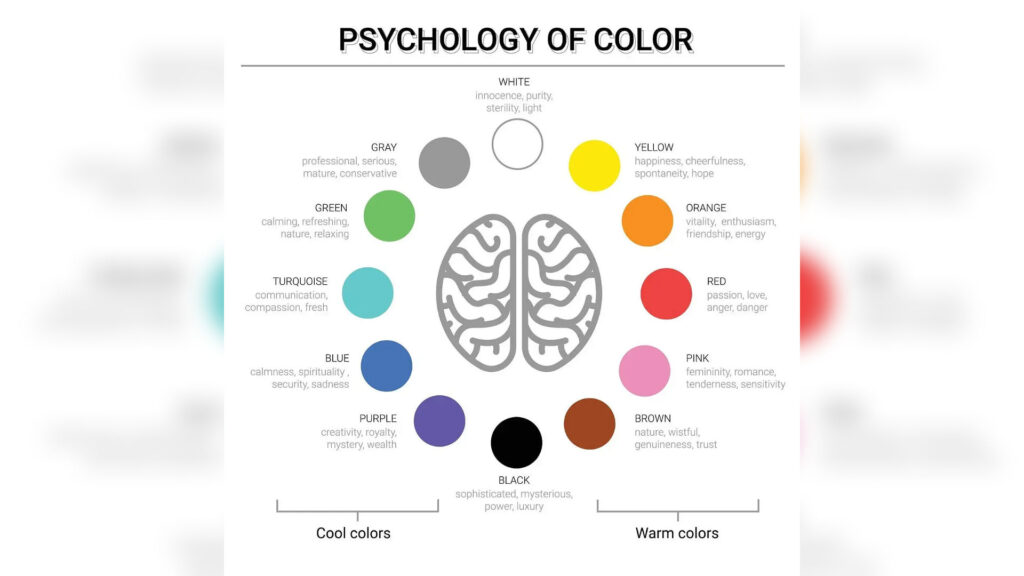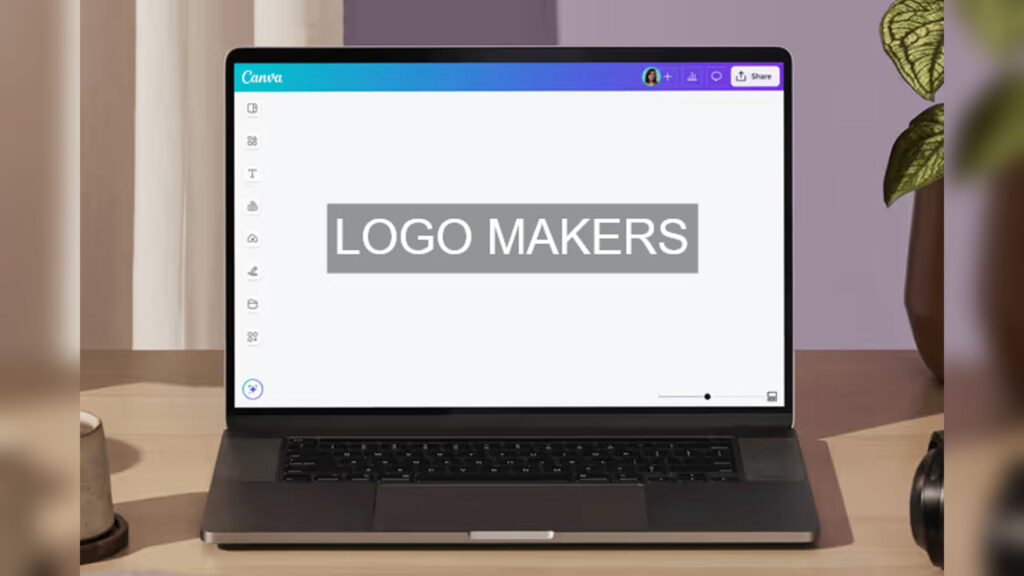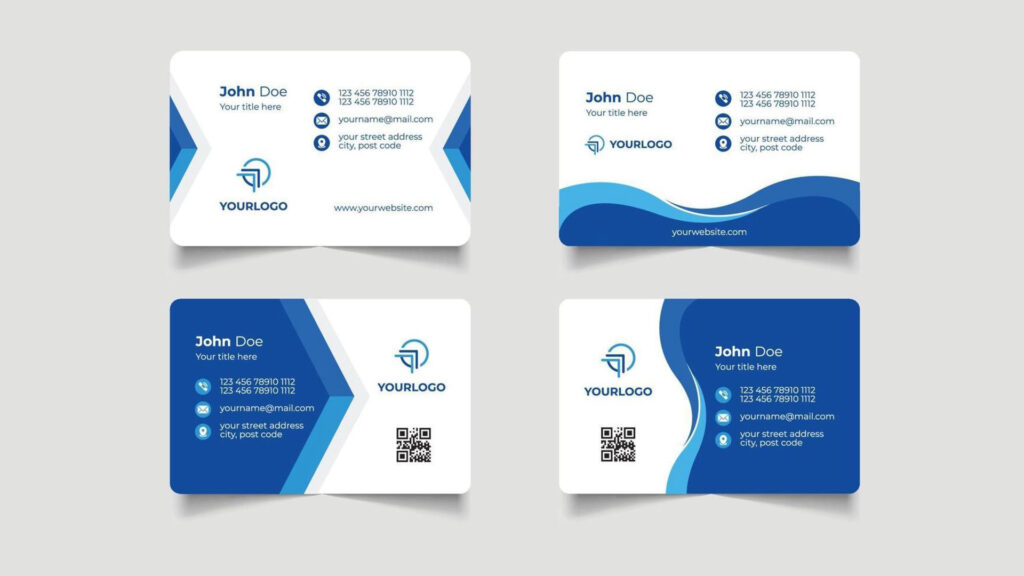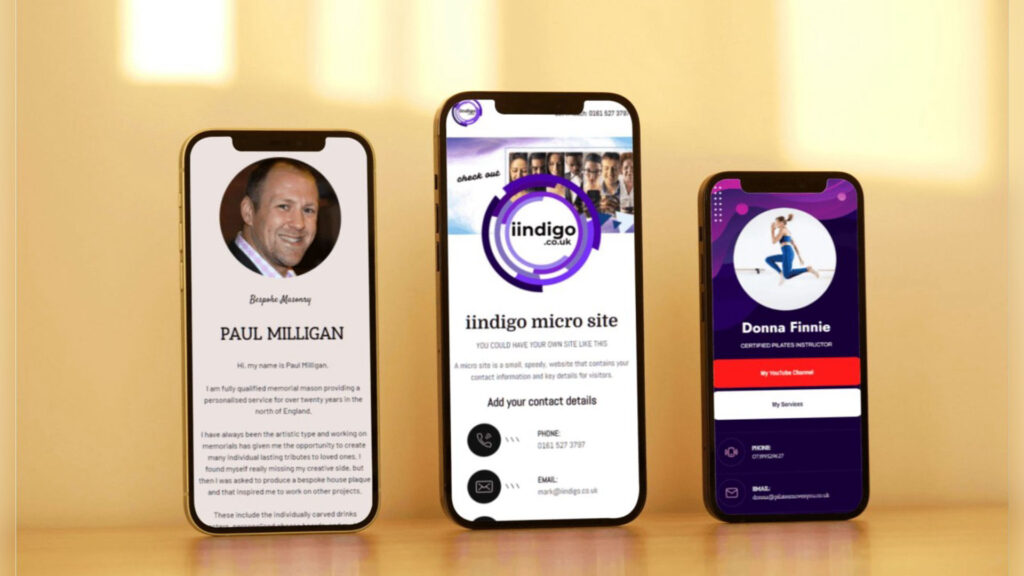Every author dreams of writing a bestseller, but few realize how much the visual appeal of their book matters, especially in markets like Kenya where visual branding is becoming more critical. Your words might be gold, but if your cover doesn’t captivate, you’ll miss the chance to hook readers. That’s the harsh truth. A compelling book cover design is no longer a luxury—it’s a necessity.
Kenya’s publishing landscape is evolving. From self-published novels to motivational guides and children’s literature, readers are spoiled for choice. So, what makes them stop scrolling on an online bookstore or pause at a physical shelf in Text Book Centre? The answer lies in a powerful, professionally executed book cover design.
If you want to turn your cover into cash, this guide walks you through everything you need to know about creating a book cover design that not only looks good but sells well in the Kenyan market.
Table of Contents
ToggleWhy Book Cover Design Matters More Than Ever
In Kenya, book publishing has grown beyond traditional school textbooks. Today, we see bloggers publishing poetry anthologies, YouTubers releasing business guides, and students self-publishing their memoirs. The one thing all successful books have in common? A standout book cover design.
Readers judge books within seconds. In fact, research shows that up to 80% of purchasing decisions are influenced by visual appeal alone. Whether you’re targeting high school students in Nairobi, business professionals in Mombasa, or digital readers across Africa, your book cover needs to communicate genre, tone, and value instantly.
Moreover, Kenyans are becoming design-conscious consumers. Thanks to exposure to global design trends via social media, expectations have risen. Mediocre or amateur designs just don’t cut it anymore.
Understand Your Genre and Audience in Kenya
Before you even start sketching ideas or hiring a designer, you must understand your target audience. Ask yourself:
-
Who are my readers?
-
What type of books are they currently reading?
-
What do the bestselling covers in my genre look like?
For instance, motivational books aimed at young entrepreneurs in Kenya often use bold fonts, images of the author, and bright colors like red or gold to signify confidence and value. On the other hand, African literature or poetry might lean into earthy tones, abstract art, or culturally resonant illustrations.
By understanding the visual language of your niche, your book cover design becomes a bridge between your content and your reader’s expectations.
Simplicity Sells
One of the most common mistakes Kenyan authors make is trying to put everything on the cover: every theme, every idea, every visual. This is especially common with first-time writers trying to communicate the depth of their story. The result? A cluttered and confusing design that repels rather than attracts.
Effective book cover design is clean, focused, and intentional. Think of it like a billboard on Thika Road—you’ve got just a few seconds to grab attention. Use a single focal point, clear typography, and minimal text.
A simple yet elegant design often has a higher perceived value. And let’s face it—many Kenyan readers still associate clean design with professionalism and international standards.
Use Typography That Talks
The font you choose says a lot about your book. In Kenya, many local designers fall into the trap of using decorative or script fonts that are hard to read, especially on mobile screens.
Typography is not just about style—it’s about function and mood. Are you writing a thrilling crime novel set in Nairobi? Go for bold, suspenseful type. Is it a romantic drama? A soft, flowing serif might work better.
Also, make sure your title is legible at thumbnail size. Remember, most Kenyan readers are browsing on mobile. If your title vanishes when the cover is scaled down, you’ve lost your chance.
And while it might be tempting to experiment with cool fonts, always prioritize readability over aesthetics.
Pick Colors That Connect with Kenyan Readers
Colors influence emotion, and emotion drives sales. Color psychology plays a big role in effective book cover design. In Kenya, certain colors resonate more in specific contexts.
For example:
-
Green is often associated with growth, prosperity, and health—great for agribusiness or wellness books.
-
Red evokes urgency, passion, and energy—ideal for political commentaries or activism pieces.
-
Gold suggests success and wisdom—commonly used in business and leadership books.
Don’t just pick colors because they look nice—pick them because they reinforce your message. Also, make sure your color combinations offer enough contrast between text and background. You don’t want your title to fade into the backdrop.
Imagery That Sells the Story
Choosing the right imagery for your book cover design is a balancing act. Stock photos are widely used in Kenya, but the mistake many authors make is using generic or cliché images that have no emotional pull.
The best-selling covers in Kenya often feature:
-
A compelling photo of the author (especially in personal development or religious books)
-
Illustrated art that reflects African identity
-
Symbolic icons or abstract shapes that provoke curiosity
If your book is fictional, consider using illustrated scenes or characters. If it’s nonfiction, let your imagery reinforce the core idea. Just make sure the image doesn’t overpower the title or create visual noise.
Tip: Always choose high-resolution images. Pixelated visuals will cheapen your cover and make readers question the quality of the content inside.
The Spine and Back Cover Still Matter
If you’re planning to sell physical copies—especially in Kenyan bookstores like Prestige, Nuria, or Savani’s—the back and spine matter just as much as the front.
Your spine must feature your book title and author name clearly. This is how readers spot your book when it’s stacked on a shelf.
On the back cover, include:
-
A concise blurb (not more than 150 words)
-
Your author bio (written in third person)
-
ISBN and barcode
-
A professional photo, if you’re the face of the brand
Don’t underestimate this space—it’s the first place someone looks after the cover catches their eye.
DIY vs. Hiring a Designer in Kenya
Should you design your cover yourself or hire a professional?
If you’re skilled in design and understand layout, color theory, and typography, DIY can be an option. Tools like Canva Pro offer solid templates, and you can customize your layout to fit your genre.
However, for a more polished, print-ready book cover design that competes with traditional publishers, hiring a designer is often the smarter move. Many talented freelance designers in Kenya offer affordable packages for self-published authors. Websites like Kuhustle, Upwork, or local agencies like Ascen Designs (ascendesigns.co.ke) can connect you to qualified creatives.
Hiring a pro means you’ll get:
-
Print-ready files with correct bleed and margins
-
Consistent branding if you’re planning a series
-
A design that actually resonates with your audience
Think of it as an investment in your brand, not just a cost.
Localize Your Design Without Losing Universal Appeal
Kenyan readers appreciate when book designs reflect local culture—but not in a way that feels outdated or unsophisticated. You want your book cover design to feel African, not archaic.
Avoid stereotypes or overused cultural imagery. Instead, use elements that authentically reflect your theme. A well-designed kitenge pattern, Swahili motifs, or subtle African symbolism can add cultural depth to your design.
Striking a balance between local relevance and global standards ensures your book can sell in Kenya—and abroad.
Testing, Feedback, and Pre-Launch Buzz
Before you finalize your cover, seek feedback. Share mockups on writer forums, in Facebook author groups, or with beta readers. You’ll be surprised at the insights people offer—sometimes spotting issues you missed completely.
Test different versions. Run polls. Ask what genre people think your book is based on the cover alone. This ensures your design aligns with expectations.
Also, tease your cover before launch. Post snippets, behind-the-scenes shots, or time-lapse videos of the design process. This builds anticipation and gives you a chance to refine your design before going live.
Bonus Tip: Think Like a Marketer
Your book cover design is not just an artistic statement—it’s a sales tool. Treat it like one. Ask yourself:
-
Will this stand out in search results?
-
Does it work across platforms (Amazon, Jumia, Nuria, etc.)?
-
Is it optimized for both print and e-book formats?
-
Can it be used on posters, banners, and digital ads?
Always think beyond the book. Your cover is part of your larger brand as an author or publisher. Design it with longevity in mind.
Final Thoughts
Book cover design is often the difference between obscurity and opportunity. In Kenya’s competitive literary scene, authors who invest in powerful, well-thought-out covers are seeing better results—more visibility, more readers, and yes, more income.
Your book deserves more than just a title slapped on a stock photo. It deserves design that tells a story, sparks curiosity, and invites action. Because when you get it right, your cover doesn’t just attract readers—it converts them.
And that, dear author, is how you turn cover to cash.
























































